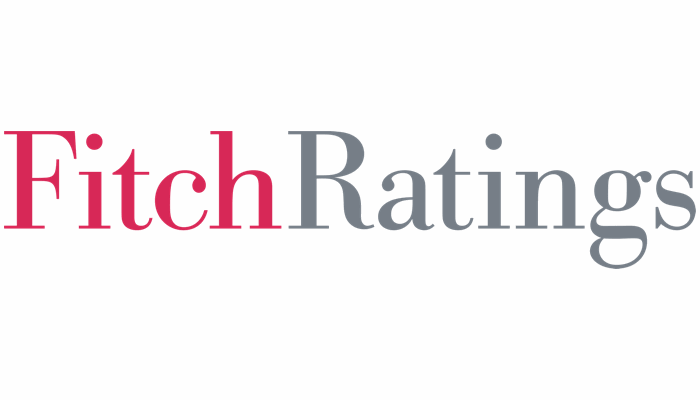Perceived benefits of catastrophe bonds promote expanded growth: Fitch

Catastrophe bonds represent a growing portion of the alternative reinsurance capital market at this time, with their perceived benefits for investors helping to promote expanding growth of this segment, Fitch Ratings has said.
Overall, insurance-linked securities (ILS) capital “has been a relatively stable presence in the reinsurance market over the last five years,” Fitch explained in a new report on the Bermuda marketplace.
As a result, alternative capital alternative capital has consistently represented a midteens percentage of total reinsurance capital, including being 17% of the market at September 30th 2022, according to data from broker Aon.
This despite the fact alternative or ILS capital declined an estimated 3% to $93 billion at the end of the third-quarter of 2022, as we reported recently here.
But, as traditional reinsurance capital had declined faster, it means ILS capital remains a strong contributor to overall reinsurance market capacity, especially for property catastrophe risks.
Fitch notes that use of catastrophe bonds among Bermuda insurance and reinsurance firms, largely for retrocessional purposes, had diminished somewhat in 2022.
Overall cat bond limits issued by Bermuda sponsors declined to $1 billion in 2022, from $1.7 billion in 2021.
Repeat sponsors drove much of this cat bond issuance, with AXIS, Everest Re, Fidelis, Vantage and Validus Holdings all bringing new deals.
Fitch Ratings said, “Catastrophe bonds represented a growing proportion of the ILS market, with a continued increase in issuance outstanding contrasting with the modest decrease in overall ILS capital during the year.”
Bermuda re/insurers have been using alternative reinsurance capacity in 2022 “as a means of diversifying their sources of risk transfer capital,” Fitch says.
However, ILS capital has stagnated, across the set of instruments available, although, “demand continues to grow, as companies look to manage risk.”
Further growth of catastrophe bonds now seems possible though, especially as the benefits related to the structures have been growing in importance for ILS investors.
Leading Fitch to suggest that, “The perceived benefits of catastrophe bonds’ higher liquidity profile, higher attachment levels and peril-specific coverage, with more limited aggregate protection, compared with other ILS instruments (sidecars, collateralized reinsurance) are promoting expanded growth within the alternative capital space.”
Adding that the, “Spread widening experienced in the catastrophe bond market in 2022 reflect the hardening pricing environment in the broader reinsurance and capital markets.”






